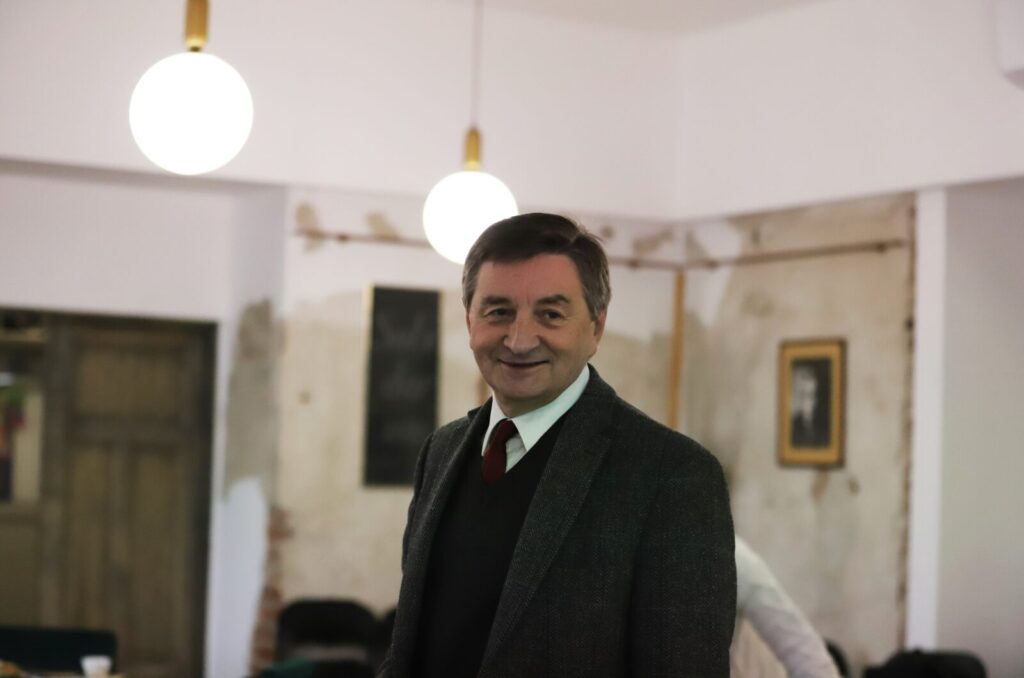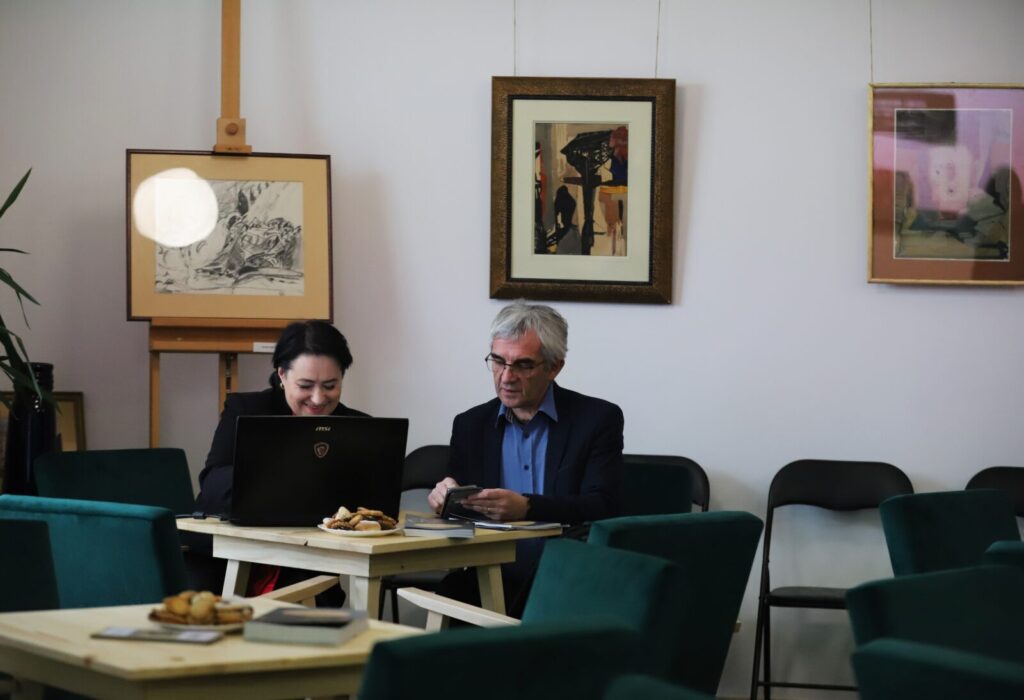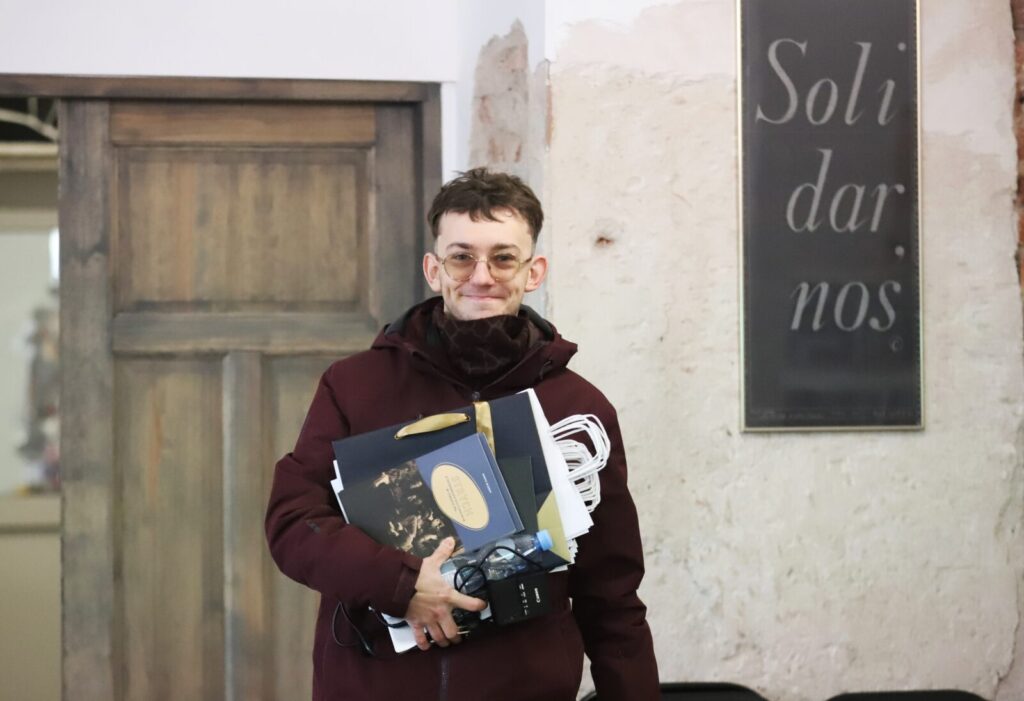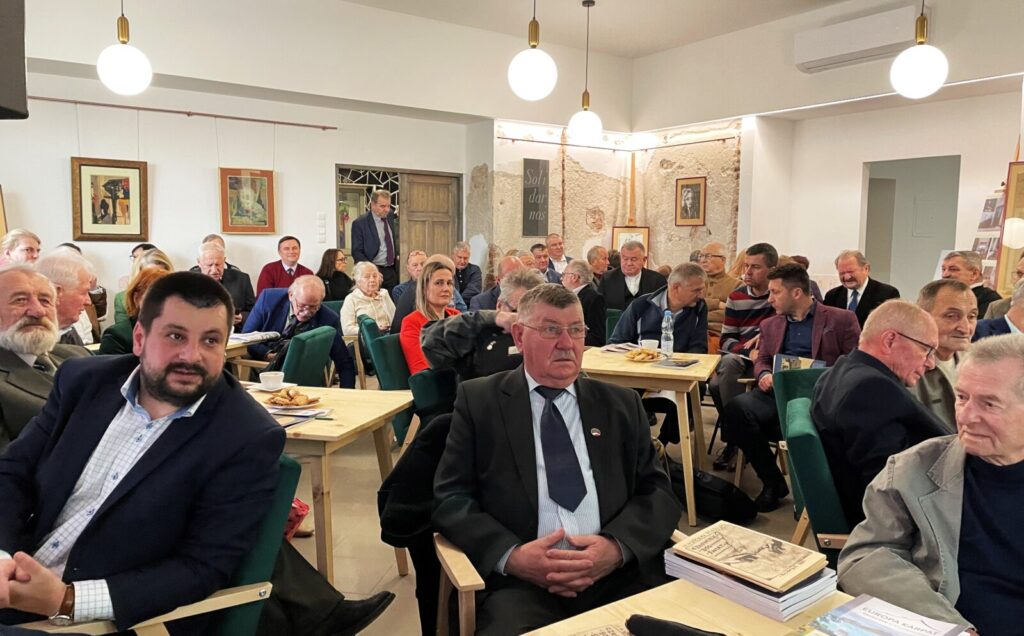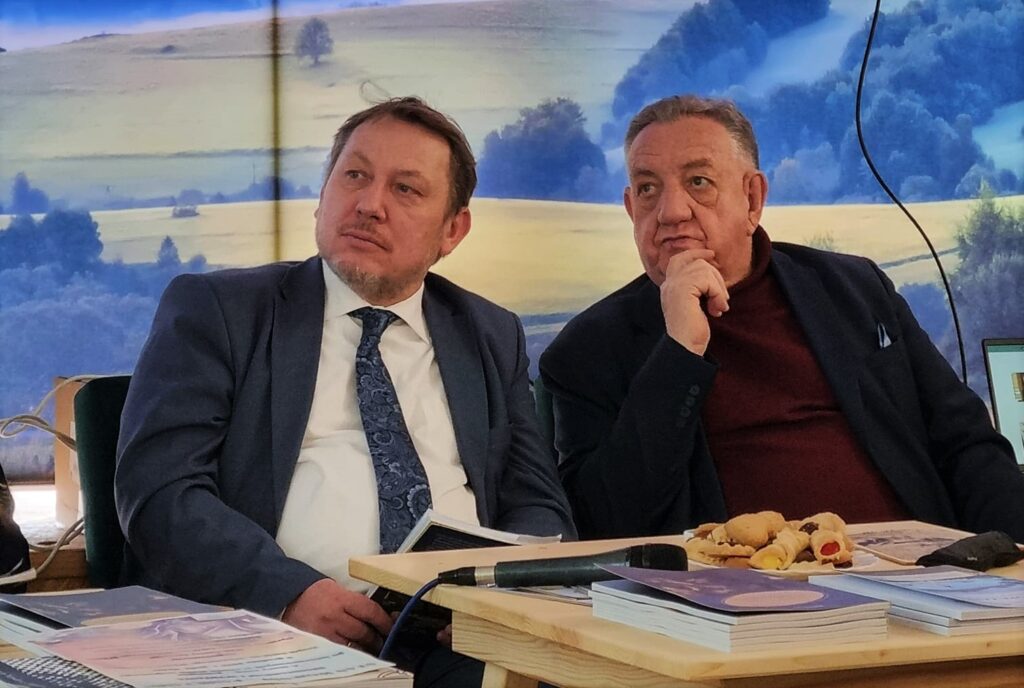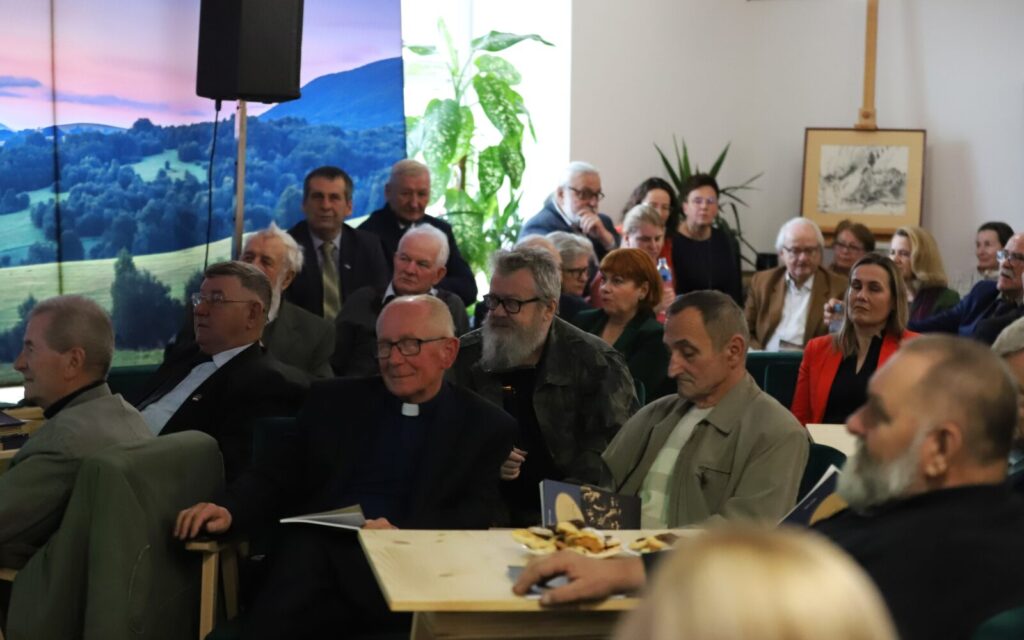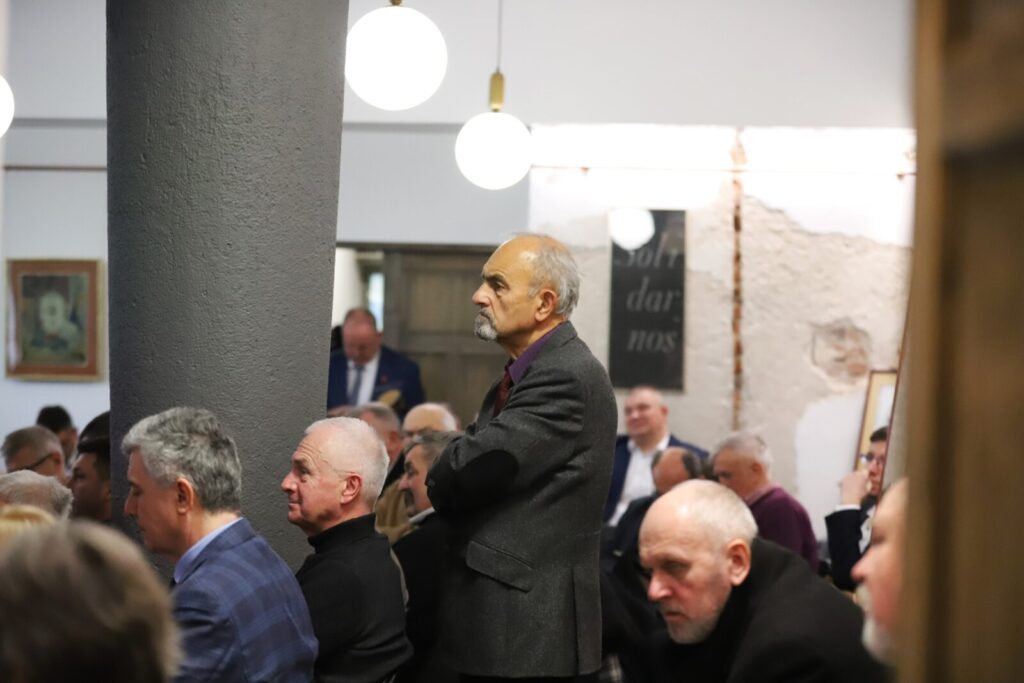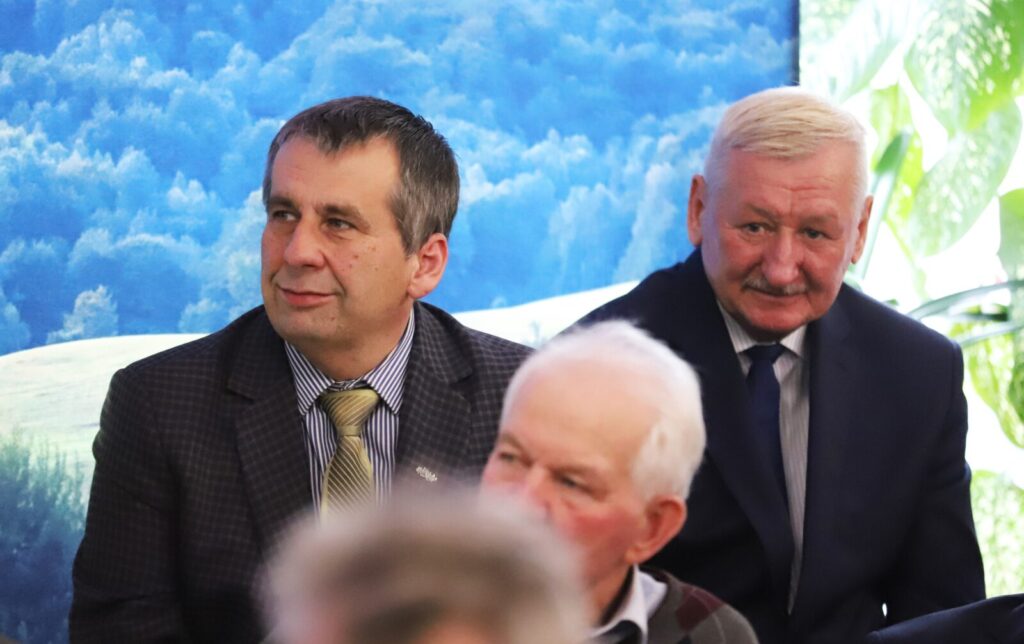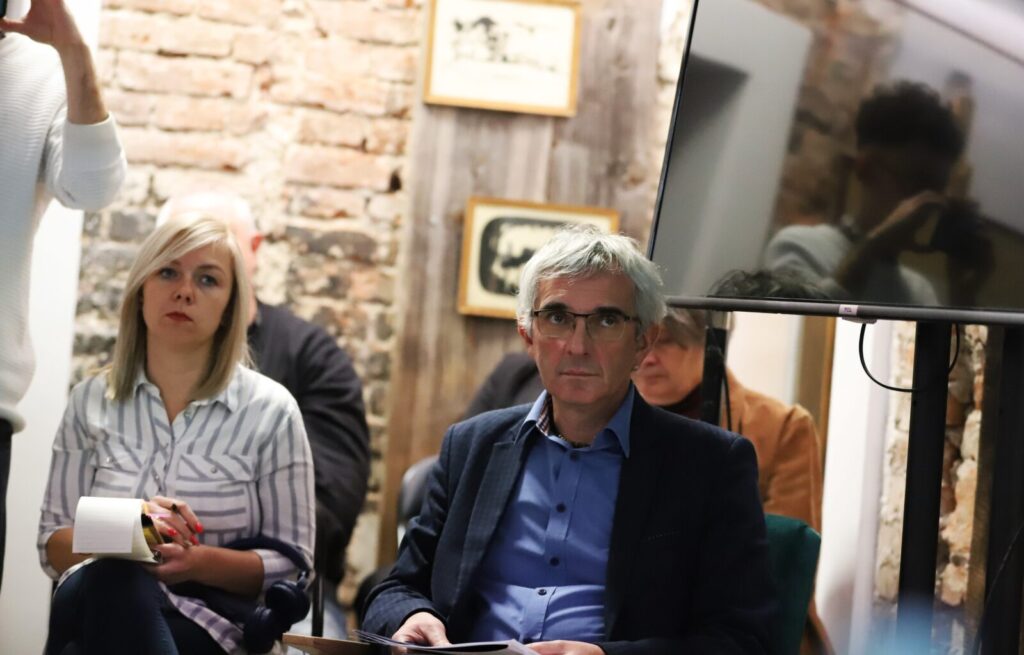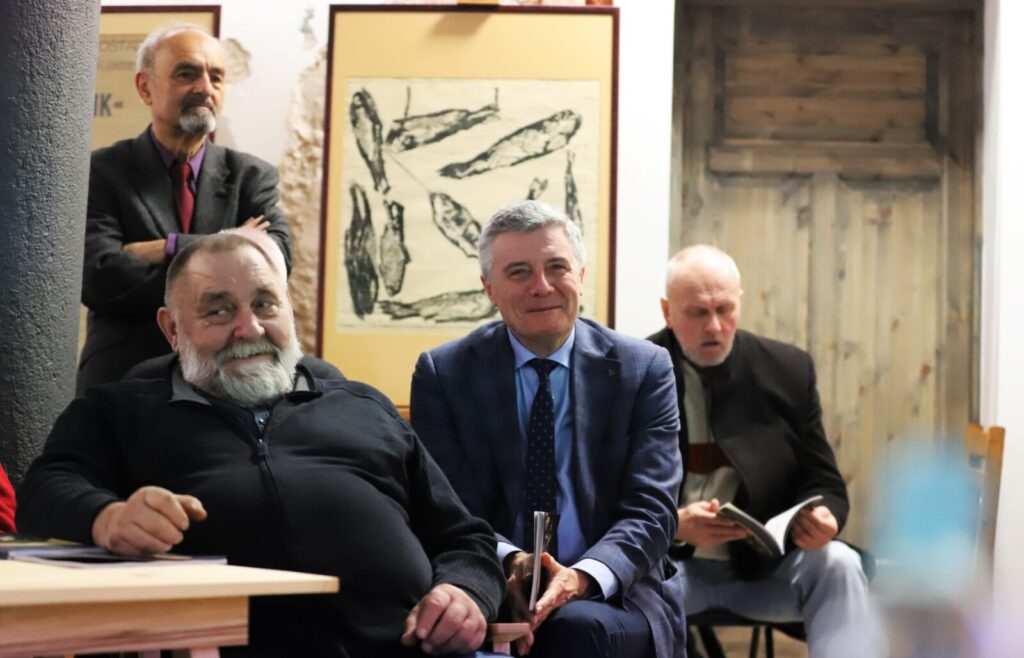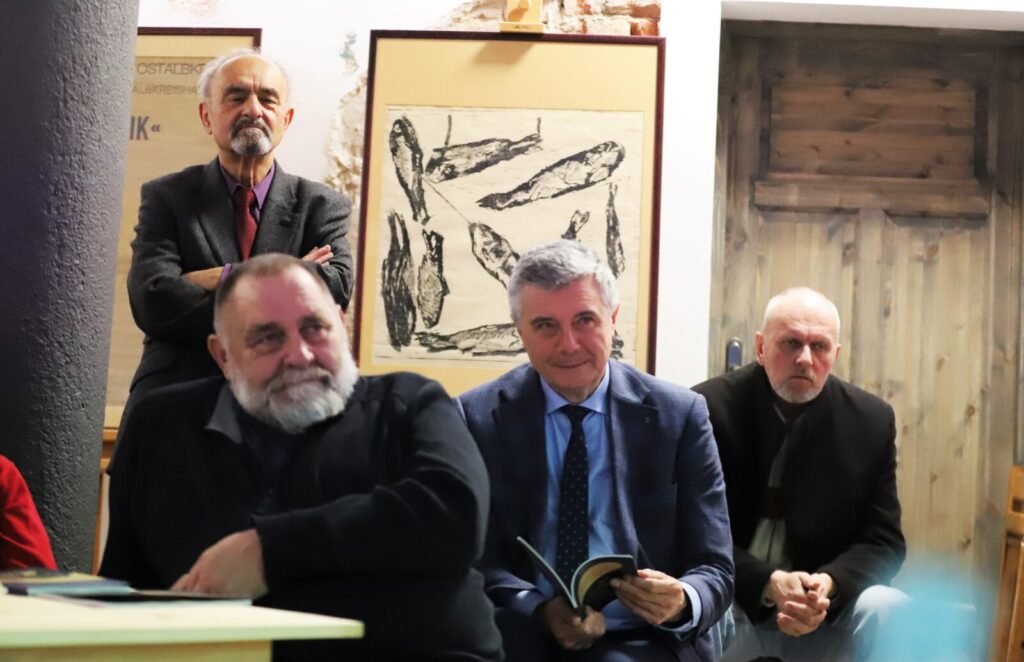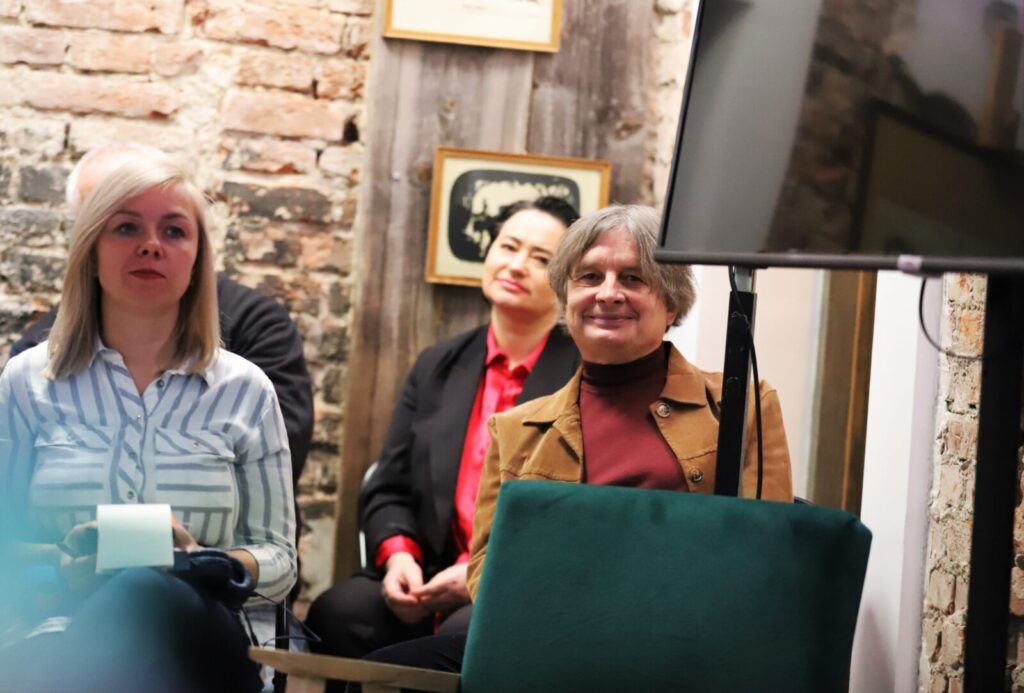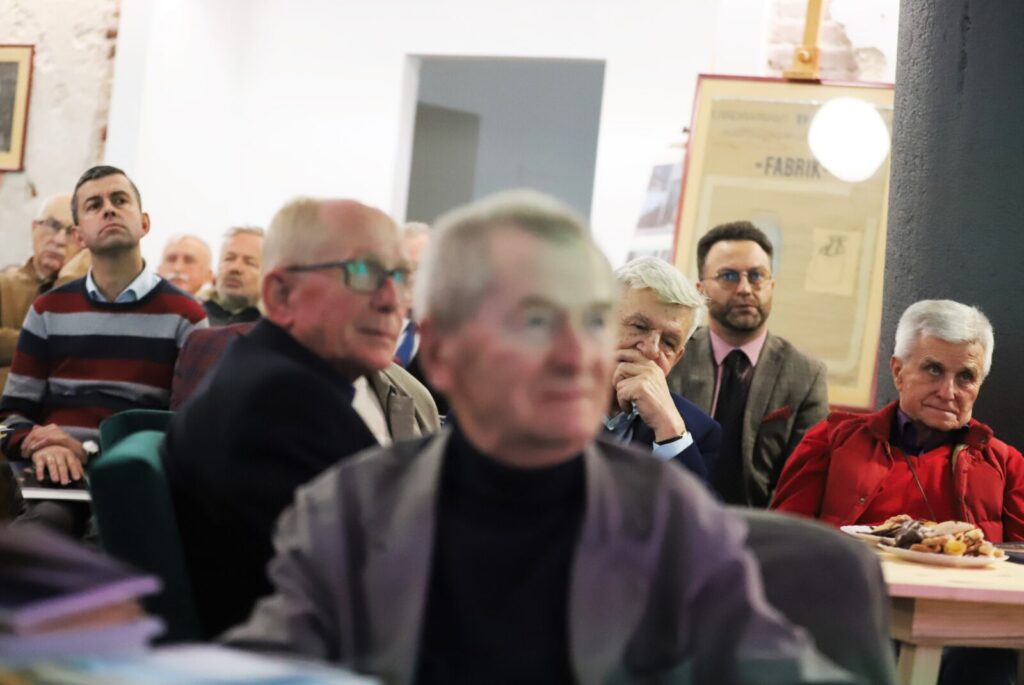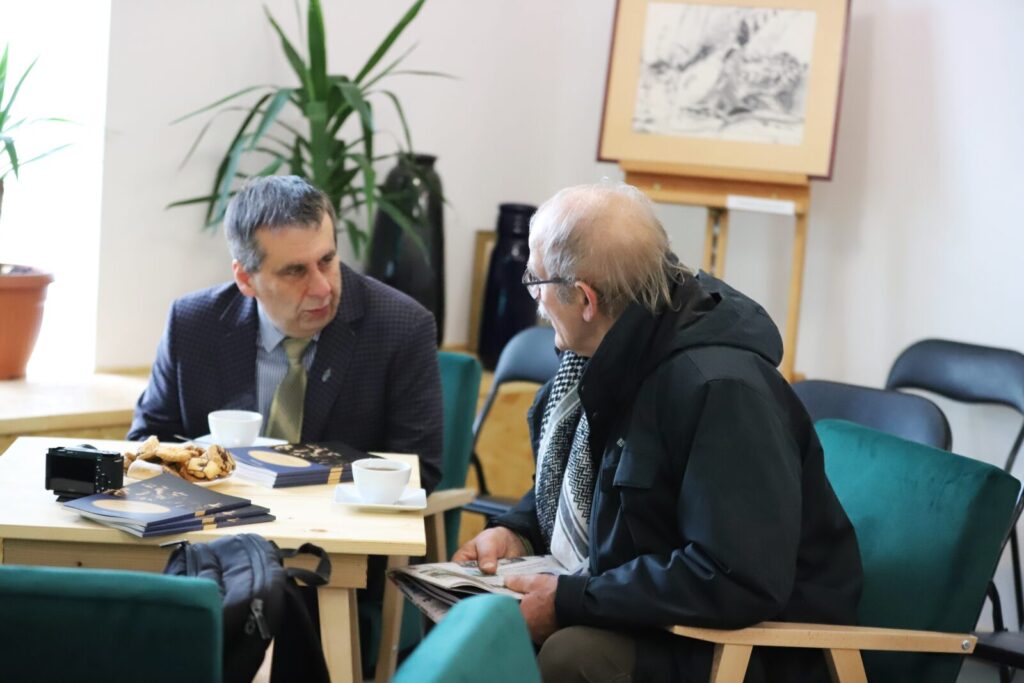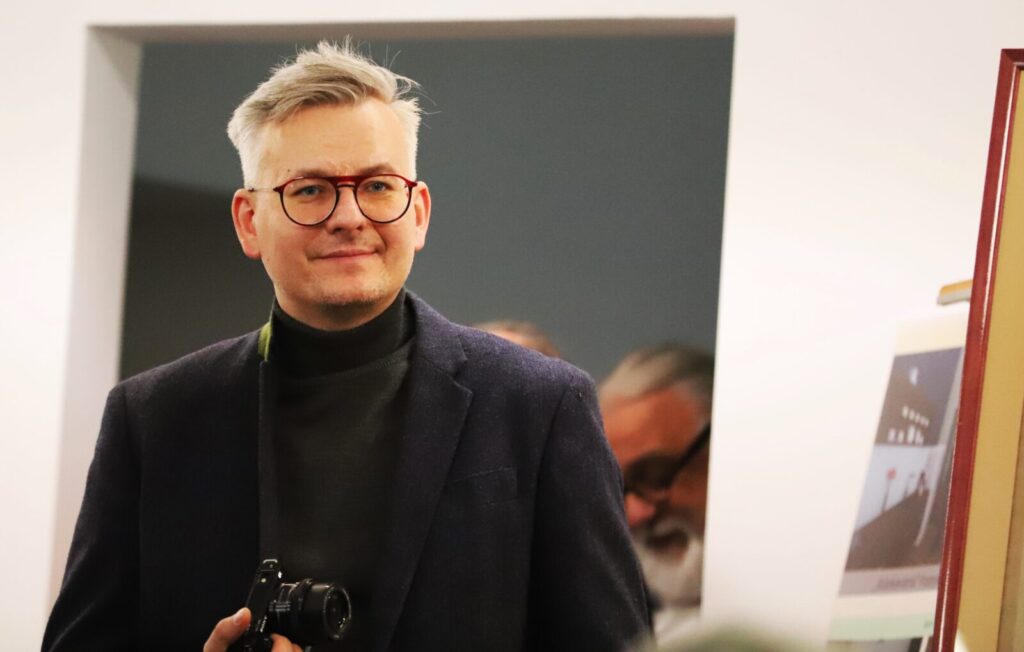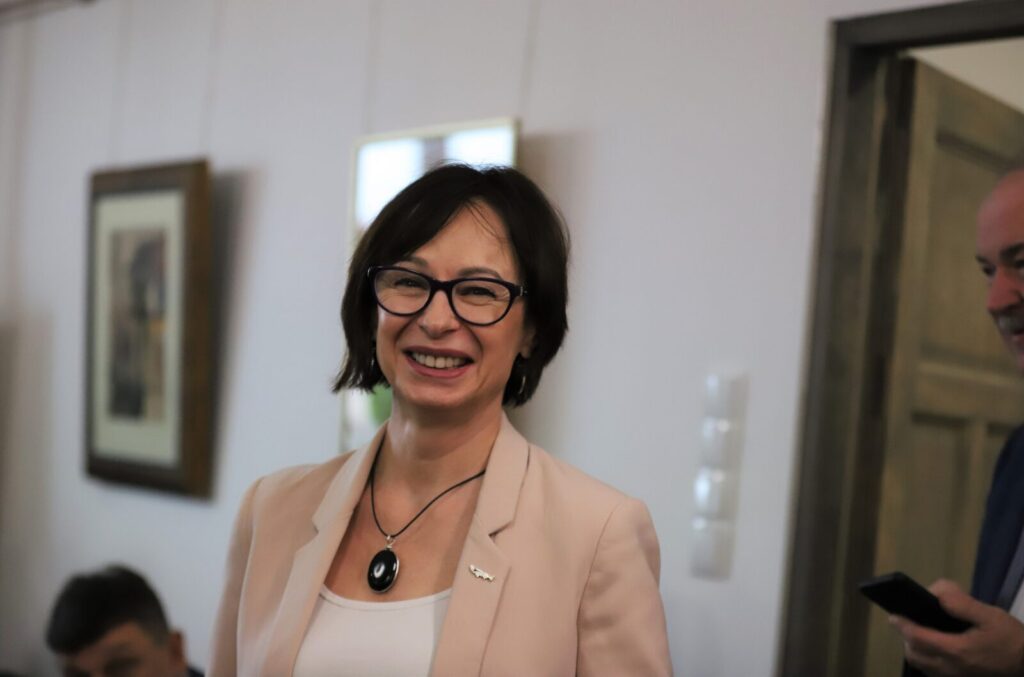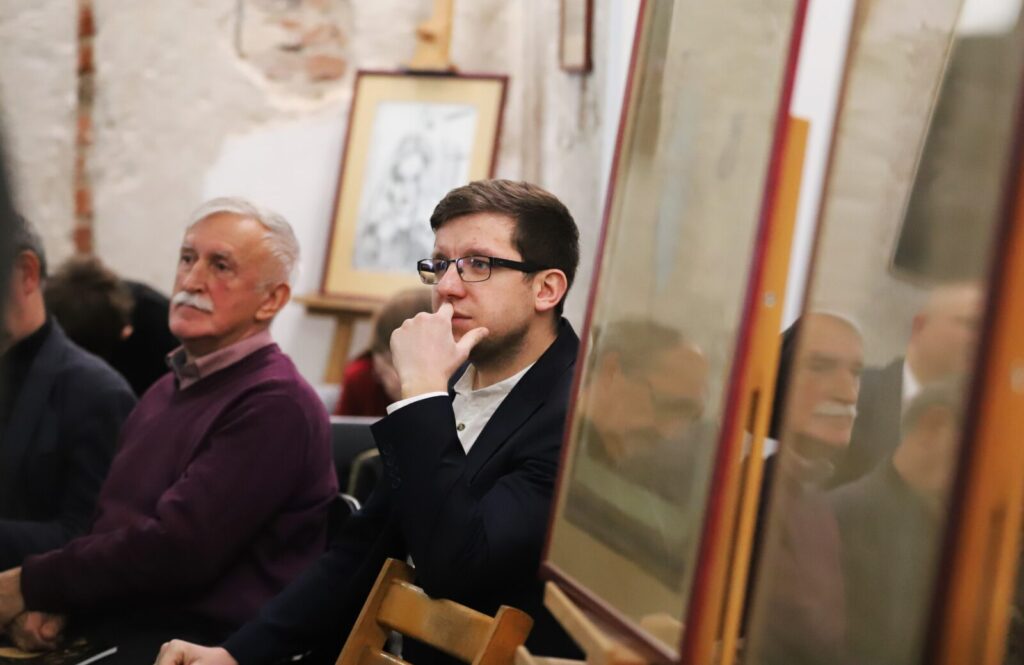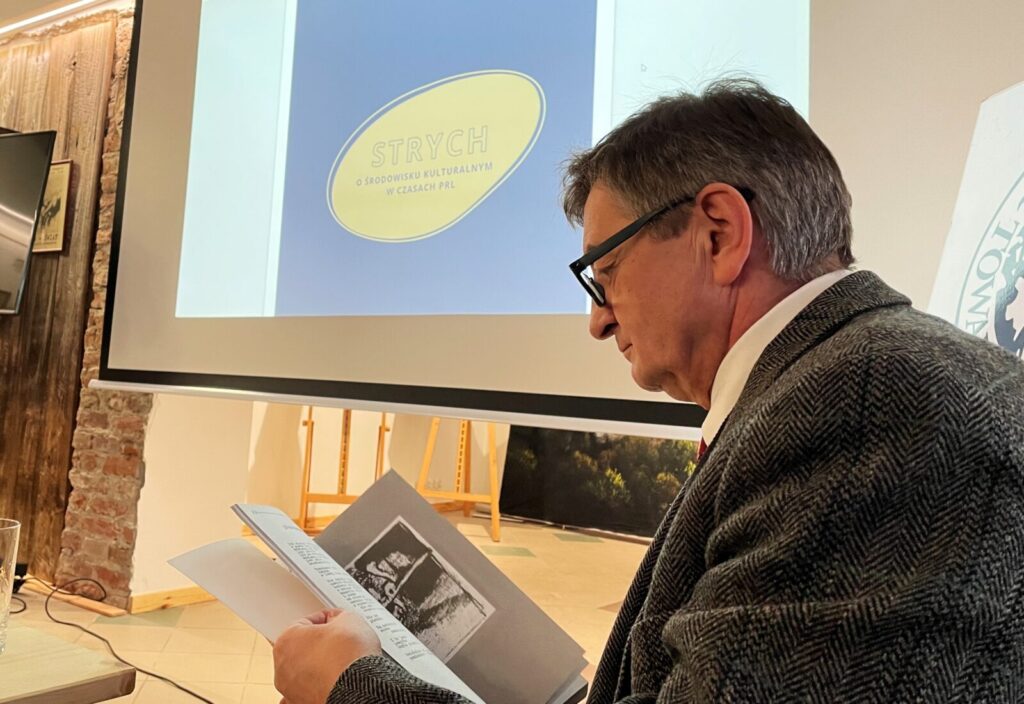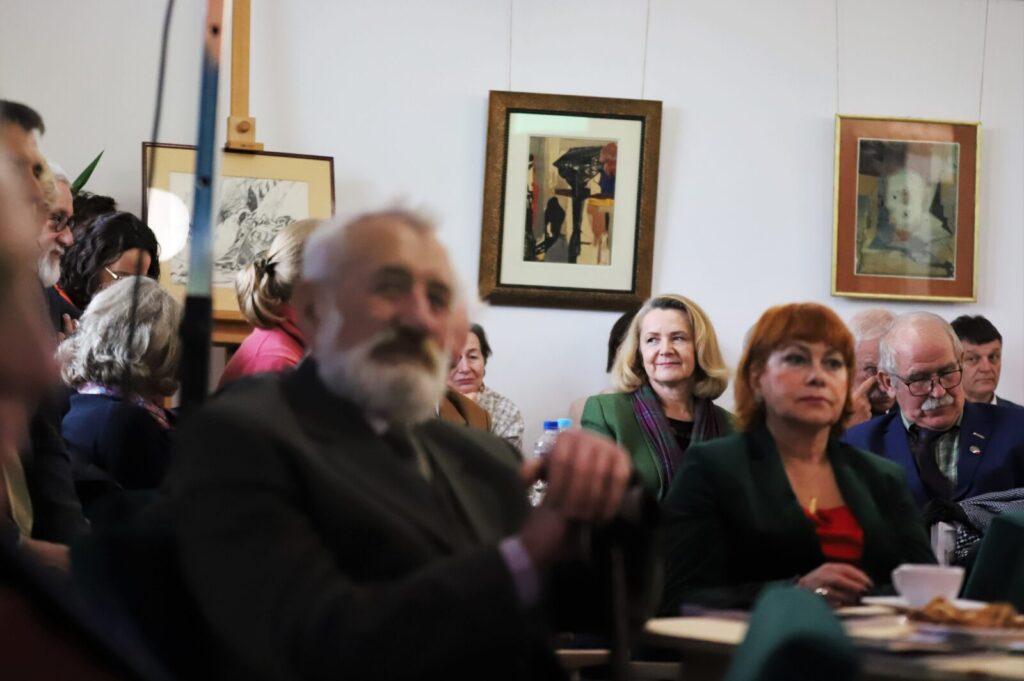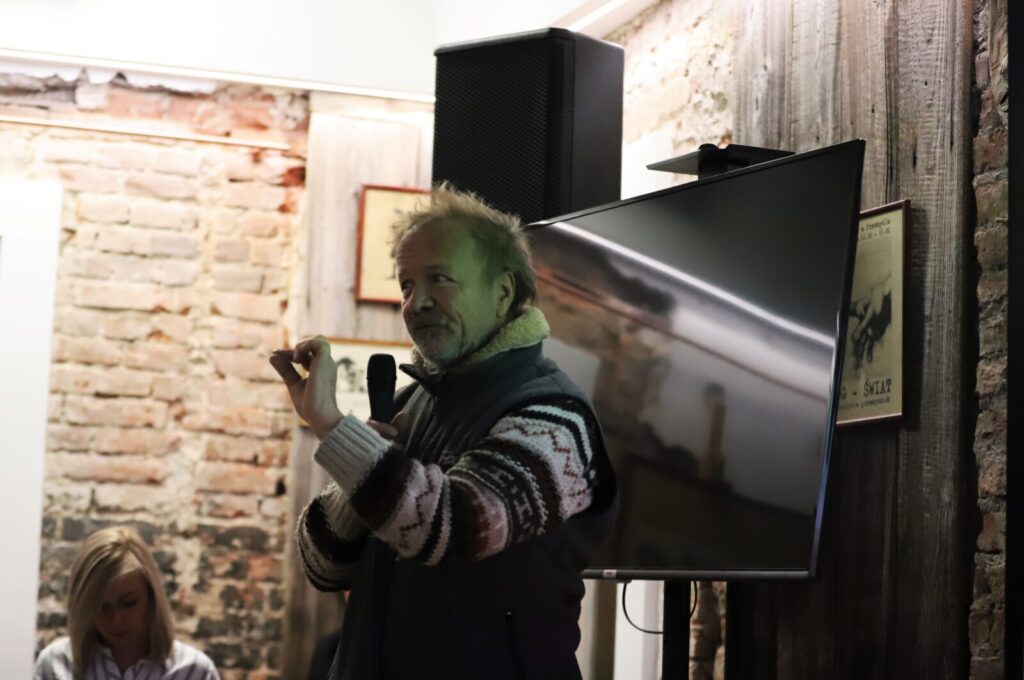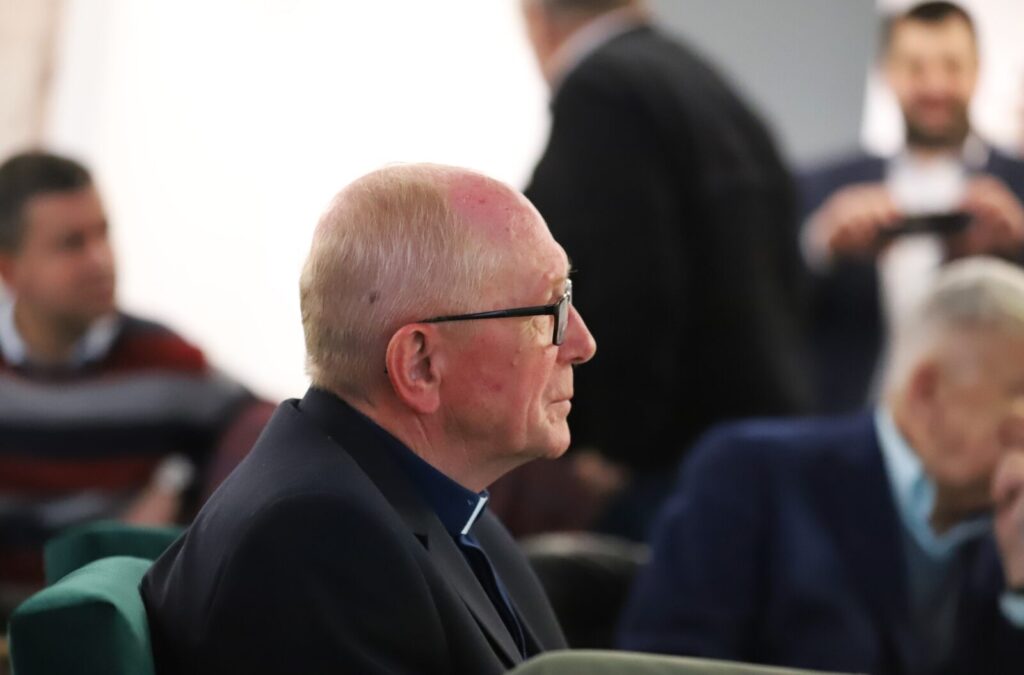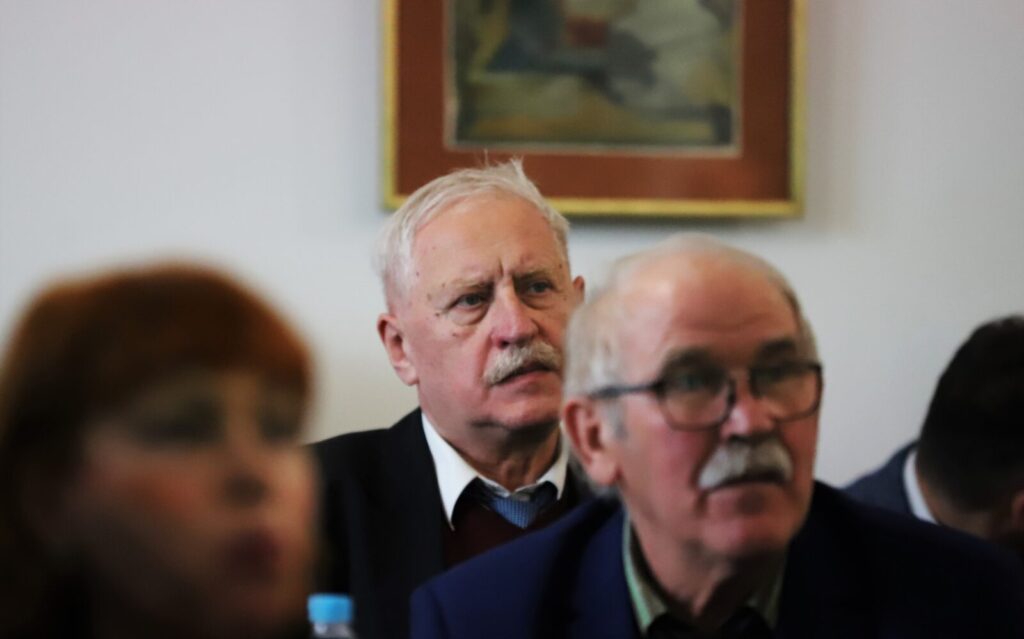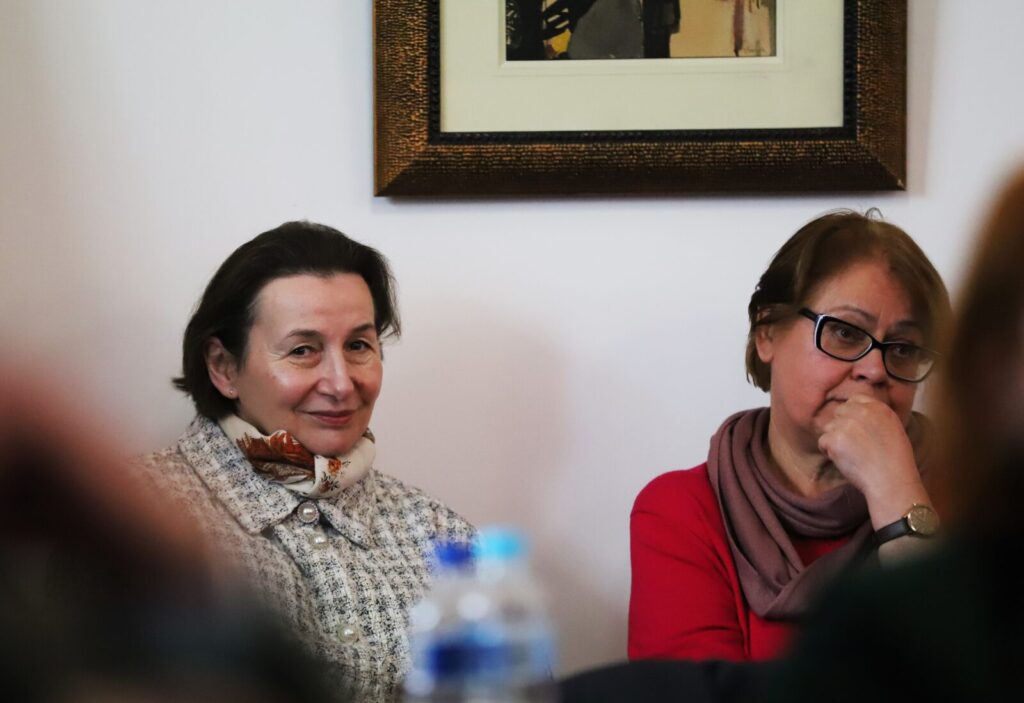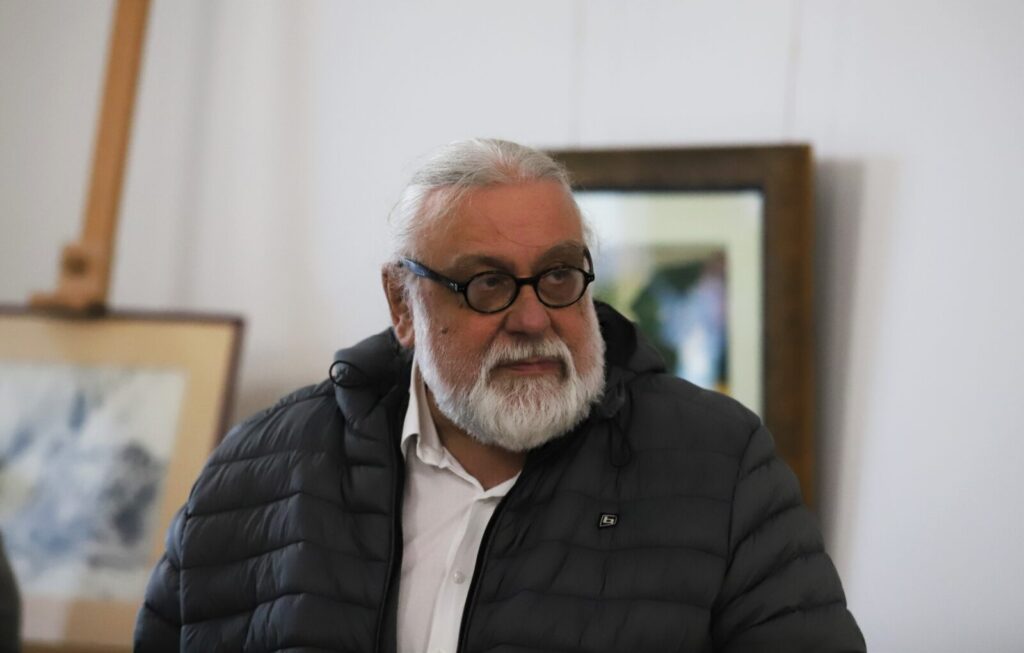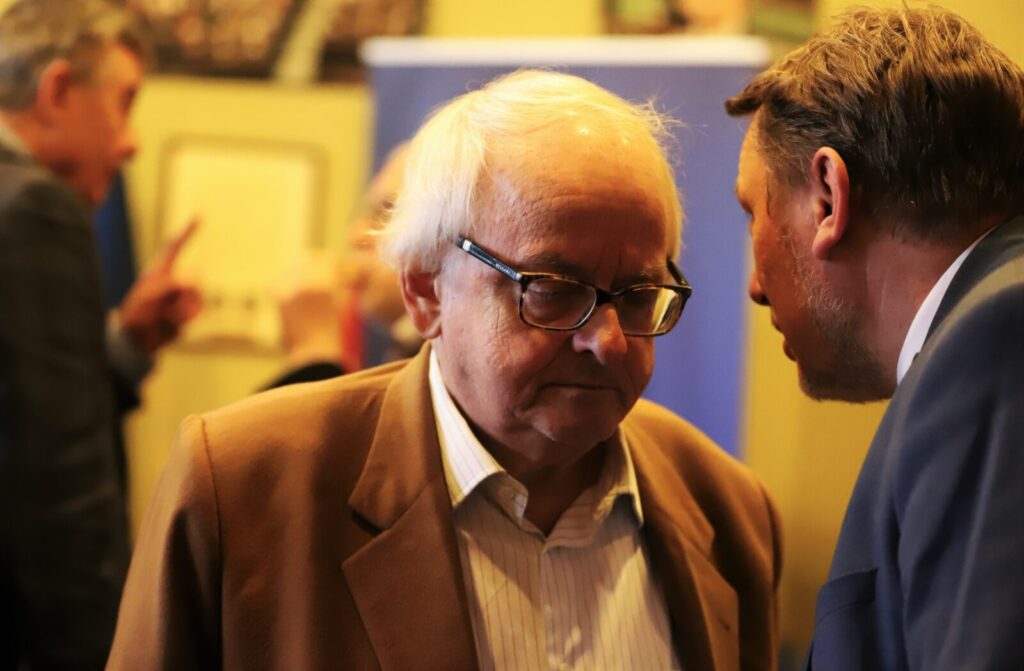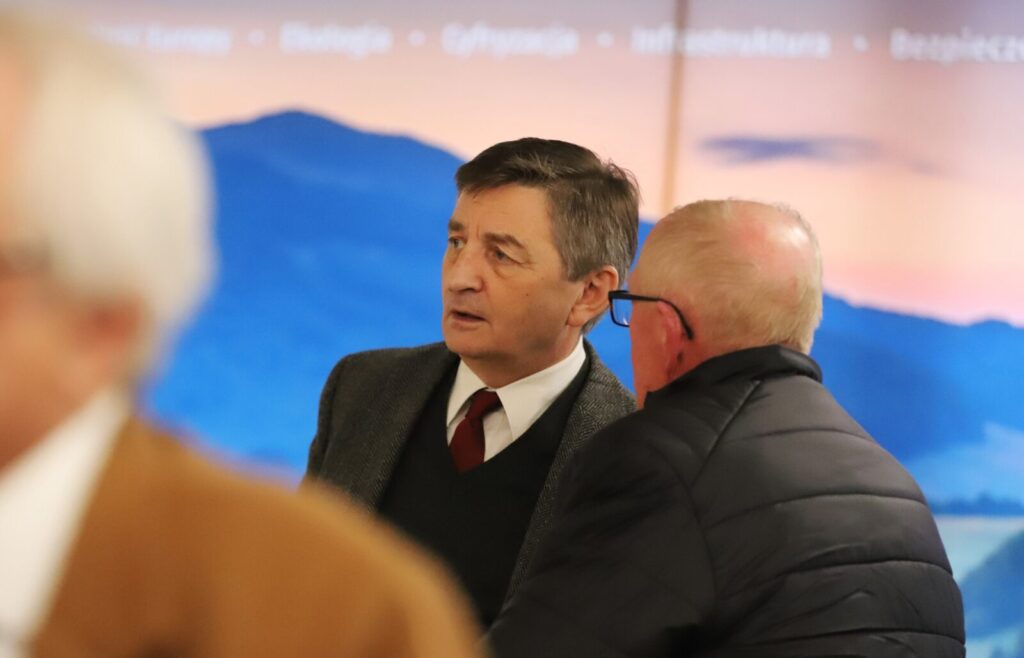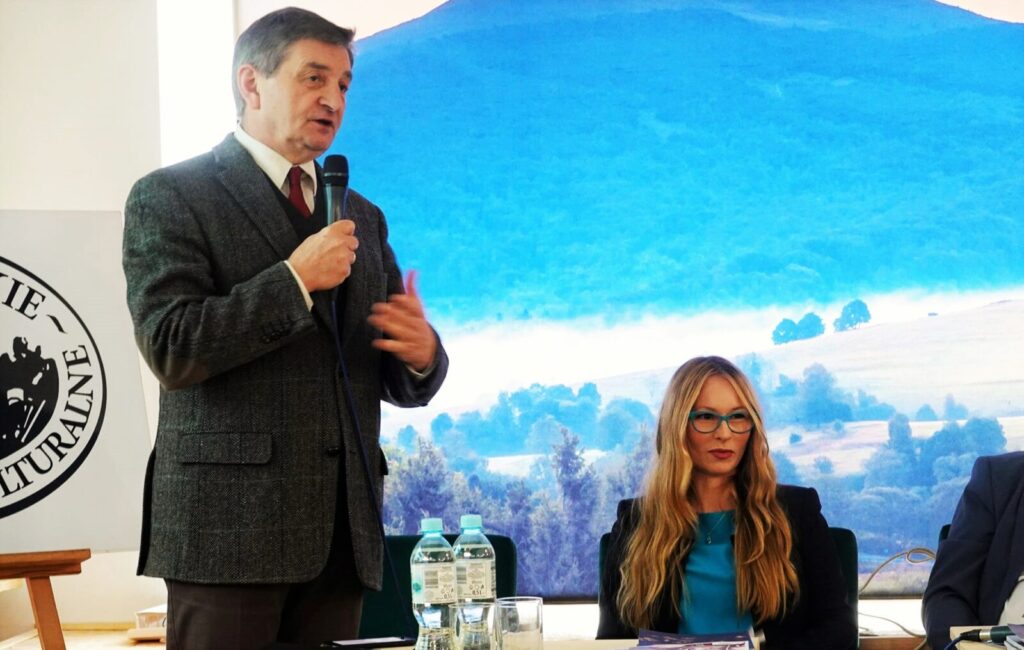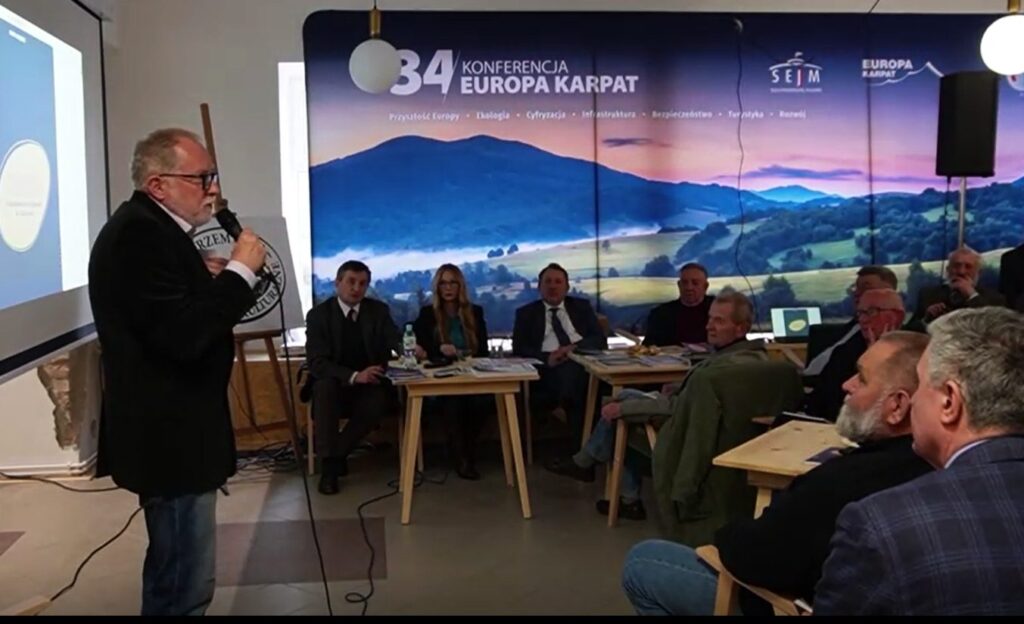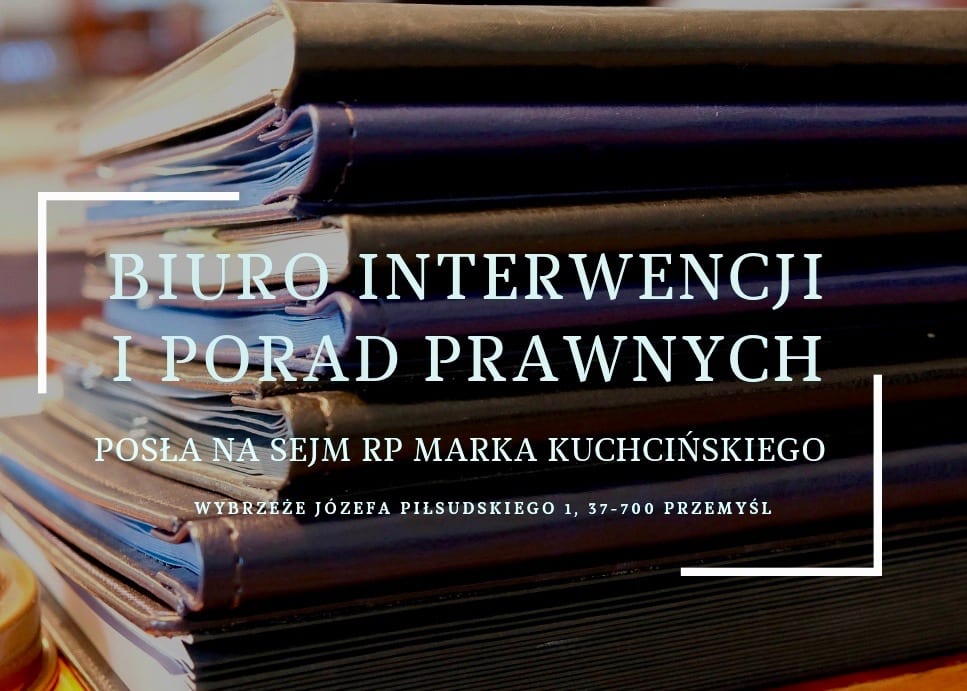Reactivated after more than 20 years, the Przemyśl Cultural Society, which was established at the turn of 1989 and 1990 as a continuation of the civic movement arising from Solidarity and the anti-communist opposition, activates the environment of former anti-communist activists and those who are close to literature, art, philosophy and environmental protection. On Saturday, December 3, the promotion of the book "Attic" was held at the headquarters of the former empik, which includes interviews with regulars of meetings at Marek Kuchciński's - politicians, scholars, poets, artists from Poland and abroad. Portal Archive of Freedom - Przemyśl Land and Region 1967-1997 (archiwumwolnosci.pl) it is like its continuation - here we will also find memories of the participants of the events from the 1960s, provided directly from them, without journalistic distortions, without the filters of the Security Service. Honest conversations, often sentimental memories of life in the People's Republic of Poland, conspiracy, love, successes, disappointments, friendship. The initiator of the meetings, Marek Kuchciński, emphasized that we want to talk in such a way as to reveal as many personal, sometimes sentimental meetings and emotions as possible. Emotions are important not only in politics, without emotions we become some form of robots that look at the world in a purely rational way, and yet the world is complicated.
Apart from interviews and memoirs, the portal also contains photos and archival materials: Category: Photo albums – Freedom Archive (archiwumwolnosci.pl)
The promotion was attended by president of PTK dr Jan Musiał, prof. Jan Draus, prof. Jan Majchrowski, prof. Jerzy Piórecki, director Janusz Czarski, Piotr Jegliński, Katarzyna Jeglińska, Wienczysław Nowacki, Henryk Cząstka, Jan Karuś, Stanisław Kusiński, Father Pępek, Father Andrzej Szpyt, dir. Jan Jarosz, Lucyna Podhalicz, Piotr Pilch, Waldemar Wiglusz, Stanisław Chęć, Marek Bańkowski, Jolanta Róża Kozłowska, Marek Kamiński, Adam Pawluś, Robert Choma, Beata Kot, Andrzej Matusiewicz, Jerzy Bonarek, dir. Narcyz Piórecki, Adam Łoziński, Bogusław Zaleszczyk, Beata Kot, Ilona Stepek, Karolina Bogusz, Wit Siwiec, Dawid Lasek, Ernest Nowak, Ryszard Miłoszewski, Marek Mikrut, Arkadiusz Mazur, Andrzej Paniw, dir. Wit Wójtowicz, Alicja Guła, Witold Wiśniewski, Krystyna Makara, Janusz Obłąk, Lucyna Czarska, Marek Kamiński, Zenon Zegarski, Zdzisław Szeliga, Artur Brożyniak, Daniel Krawiec, Brygida Busz, Krzysztof Sałata, Jacek Borzęcki, prof. Knut Ingars Western, Agnieszka Bukowa-Jedynak, Ryszard Miloszewski, Stanisław Wnorowski, Ryszard Góral
INTRODUCTION
The attic is associated with a mysterious place, somewhat hidden from an accidental visitor. At the same time, it arouses curiosity about what it hides, it is a promise of something forbidden, an oasis of things, thoughts, imaginations that have stopped for a moment in the journey between what has arisen in the real world. Experiences gathered in the attic gain a new meaning and return to people again. This is what "Strych Kulturalny" was like: an underground newspaper that was created in the attic, in the heads of people seeking shelter from the hostile world.
The name of the magazine referred to the heritage of generations; dusty, abandoned somewhere in the attic, but without which the view of the community would be incomplete. For some it was an opportunity to meet art, a new thought, an idea for others. Attic Cultural is not only the name of a literary and artistic magazine, it is also a meeting place for a group of friends who create an independent circulation of culture. It is an adapted attic of a detached house, filled with works of artists, paintings, books, from which you can see the surrounding hills. In front of the house there is an old orchard of spreading apple trees, several decades old, with an unmowed multi-flower meadow. Lots of greenery everywhere. “From the perspective of the attic (attic), we looked at the world around us, not forgetting about the existence of the underground. So we lived a bit of a dualistic life: working, taking care of everyday matters according to communist rules, but spiritually next to something much more important,” wrote Marek Kuchciński, the owner of the attic and one of the editors of the magazine, in the introduction to the reprint. ("SK" was also edited by Jan Musiał, Mirek Kocoł, and then Mariusz Kościuk).
Professor Jarosław Piekalkiewicz is not afraid of bold comparisons: The attic was more important than it seems at first glance. The atmosphere of these meetings reminded me of my collections in the Home Army. In the attic, as in the Home Army, we felt free. Of course, during the war we risked much more, because of torture and death, but for us, as well as for the members of the attic, "Poland has not yet perished as long as we live." Participants in the attic risked harassment from the authorities; communists, and perhaps even arrest, and certainly difficulties in their professional careers. Like us in the Home Army, they were a minority, because the majority of Poles believed that one should live.
The Cultural Attic is still a symbol to this day. There is no serious expert in Poland dealing with the politics of the 1980s who would not see the seeds of change in "The Attic". It did not burst into a flame that consumed the entire commune, but it was one of the sparks that ignited the imagination at that time. Even Marek Kuchciński's greatest opponents admit that he was able to create a place in Przemyśl, on the outskirts of Poland, that would give a sign to others: "We can reach further", attract well-known thinkers, give faith to young activists. Because if it was successful in Przemyśl, which is closer to the wild Bieszczady Mountains than to the salons of big-city sofas and large-scale industrial workers' movements, why not make a revolution elsewhere? Make it more attractive with a deeper reflection on man, his place in culture, history, various expressions of rebellion.
When we think about the formation of ideas today, we immediately assume the current reality of the filter bubble. As a society, we atomize into small groups. We set ideological frames for ourselves, they are also imposed by technology. Today, views are largely formatted by soulless algorithms of Internet information filtering systems. They are supposed to keep us in the zone of intellectual comfort, meeting predefined needs. Przemyśl of the 1980s did not know such a framework, thanks to which independent culture could meet in one place with the agricultural opposition and underground Solidarity. The intelligentsia, deeply Catholic and longing for Galicia, found a common language with the farmer, whose main concern was the controlled purchase of pigs and the crude reality of state farms. In the crucible of passions of the hippie rebels, the words of the Bishop of Przemyśl, Ignacy Tokarczuk, were mixed. Traditional Polish religiosity collided with the logic of Wittgenstein's ambiguous faith.
It can therefore be said that this study is not about unambiguously capturing what really happened in the attic of a small house on the outskirts of Przemyśl. It will forever remain an interpretation of the people who have been there. Because they came for different reasons, they went on different paths and that was the strength of this place. Today, it is also assessed by the then host. A man as difficult to unambiguously assess as "Strych Kulturalny" itself. Marshal of the Sejm, without formal higher education, a politician of the ruling party, the elite of a political grouping famous for its pragmatic planning and efficiency. Or maybe a man from the attic, a dreamer hunched over a typewriter, removed from the Catholic University of Lublin, surrounded by books and craving freedom during long lonely wanderings in the Bieszczady Mountains. This other face is almost unknown. A drummer in the avant-garde art, involved in the stage that Grotowski walked, and a hippie chasing the Lublin meadow, picking cornflowers, poppies, tares, and grain ears for a field bouquet for his friends, who fed him Russian dumplings.
Marek Kuchciński left his strongest mark not only because he was the host of the attic - in fact, he did not run the magazine himself - but he had organizational gifts. He could convince who it took to find a mimeograph machine, he could pull a ream of paper out of the ground. He combined stubbornness with courage. In the underground Solidarity, he was not known for politicking. In Silesia and Podkarpacie, however, it was known that if you needed to transfer someone at risk of internment, it was enough to talk to Marek, because he was able to get people wanted by the UB out of a moving train. Kuchciński was valued by bishops and ordinary priests. Usually, however, he preferred to be in the shadows. "Strych Kulturalny" also usually refers to the intellectual heritage, drilling the interlocutor's consciousness with the names of philosophers and historians.
It is difficult to clearly define what the "Cultural Attic" was and what impact it had on the consciousness of many people. Professor Krzysztof Dybciak, a literary historian and theoretician, essayist, and author of poetry, recalls the cultural events, sometimes called "attic meetings," and issues of the magazine: "They were original phenomena on the map of independent culture existing outside the structures of the communist-ruled state. One of the unusual features was the phenomenon of attracting collaborators not only from Poland. At the time, it was truly exceptional for so many British artists and intellectuals to perform in a small (by European standards) town right on the border of the Evil Empire. And Przemyśl hosted not just any artists; Professors Mark Lilla and Roger Scruton are important figures in the world's humanities. And yet, knowledge of such a valuable phenomenon of free culture in the 1980s is scant.
Marta Olejnik
